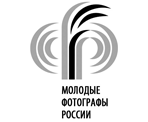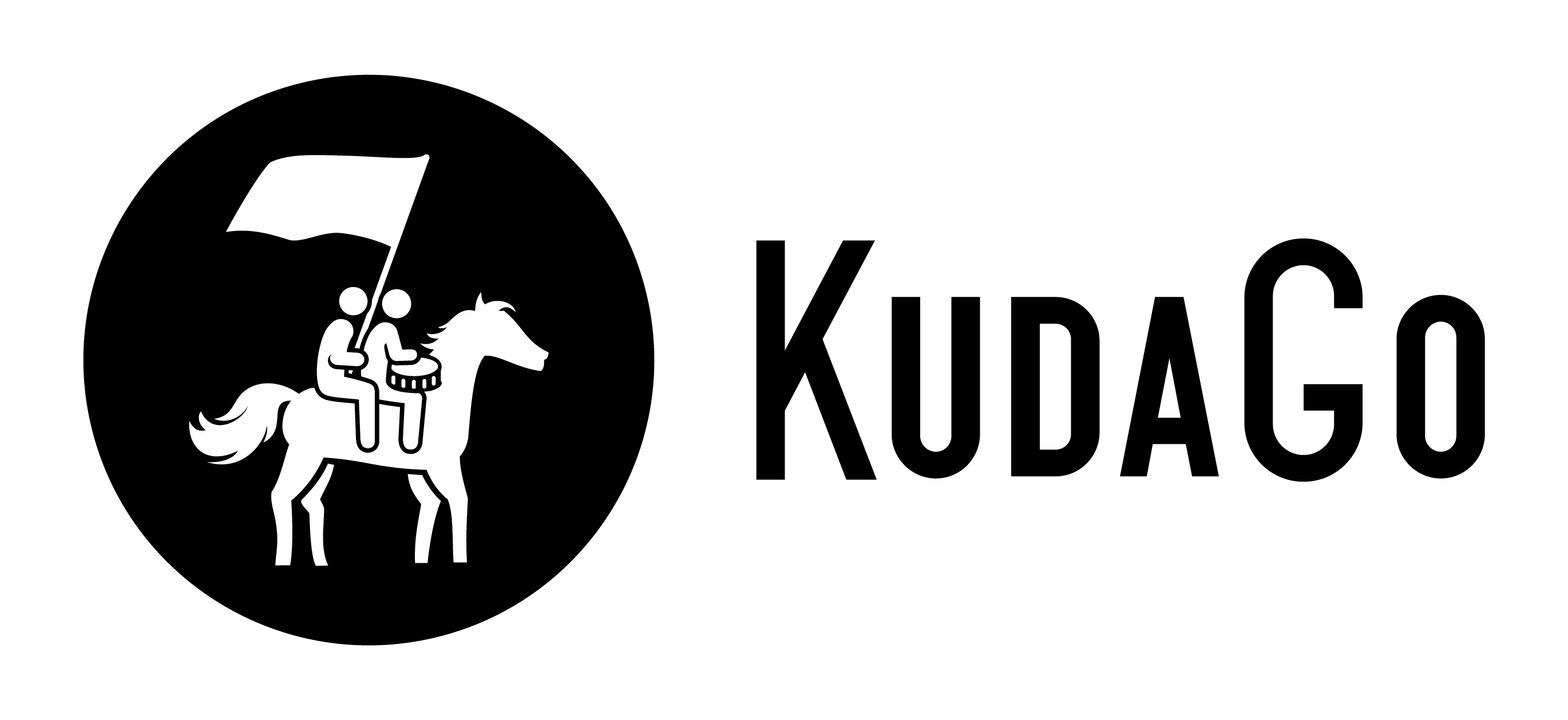
|
«Утопия в неустойчивом равновесии. Кинетизм и интерактивность» Лекция Ирины Кулик на фестивале современного искусства DOCA стала своего рода связующим звеном в возможности проследить развитие тенденций и замыслов в проектировании будущего у художников XX и XXI веков. Утопические идеи 1950–1960-х годов по-своему выделяются из художественного наследия. Развитие кинетического искусства, корнями уходящее в модернистские эксперименты Дюшана, Колдера и других пионеров авангарда. По мнению Кулик, кинетическое движение в своей «утопичности и антимонументальности» представляет собой «последнее романтическое искусство». Возможно, такой интерес к нему сегодня связан в том числе с похожим ощущением нестабильности и неуверенности в завтрашнем дне, которое транслирует «искусство головокружения». Опираясь на идею, высказанную художественным критиком Николя Буррио в 1996 г., о том, что отправной точкой художественной практики является сфера человеческих взаимоотношений, лектор отмечает: в случае с кинетизмом роль зрителя становится если не основополагающей, то крайне важной. Интерактивность вшита в кинетическое искусство, без взаимодействия со зрителем произведения не работают. Так, в случае с оп-артом: работы Вазарели заставляют двигаться, чтобы увидеть возможные эффекты, а абстрактные формы Хесуса Рафаеля Сото, сквозь которые можно пройти, становятся проживаемым зрителем опытом. В активном взаимодействии со зрителем есть и сложности: интерактивные проекты, вовлекающие зрителя в игру, подвергаются возможному риску быть разрушенными, при этом выставлять их под стеклом ‒ разрушить замысел художника. История кинетизма началась в том числе с первых выставок Movement art в 1960-е гг. Лектор вспоминает слова Ж.П. Сартра о том, что кинетическое искусство делает видимыми силы природы. И это отдельный особый вид взаимодействия произведения и открытой среды. Примером могут служить работы Николя Шоффера: от машин-танцоров, участвующих в балете Бежара, до Кибернетического Вавилона ‒ запрограммированного города-сети. Или интерактивные пространства Хулио Ле Парка и летающие люди группы Zero. Утопические идеи кинетизма нашли свое отражение у многих авторов: самодвижущиеся и самораспадающиеся механизмы Жан Тэнгли, «фаната скорости и прогресса», в которых одновременно транслируются и близость смерти, и смертность машины. Утопия Гула Кушице, где силы стихий включены в объекты. Идеи социальных утопий в творчестве Константы. Утопический проект города летающих тарелок, проект Кибернетического города как запрограммированная утопия, где все регулируется: климат, катаклизмы и пр. Один из актуальных современных художников, развивающих идеи кинетизма и коммуникации объектов и зрителей, Томас Сарацено предлагает использовать энергию природы, не подчиняя ее себе, и найти способы гармоничного с ней взаимодействия. Пресс-секретарь Ольга Баранова |
Utopia in an Unstable Balance. Kineticism and Interactivity Irina Kulik’s lecture at the Days of Contemporary Art (DOCA) international festival became a peculiar contact point in tracing the development of trends and ideas of artists of the 20th and 21st centuries in designing the future. Utopian ideas of the 1950-60s stand out from the artistic heritage. The development of kinetic art dates back to the modernist experiments of Marcel Duchamp, Alexander Calder, and other pioneers of the avant-garde. According to Irina Kulik, the kinetic movement in its ‘utopianism and anti-monumentality’ represents ‘the last romantic art’. Perhaps, today’s interest in it is caused by, among other things, a similar sense of instability and insecurity about tomorrow that ‘vertigo art’ broadcasts. Based on the idea expressed by art critic Nicolas Bourriaud in 1996 that the sphere of human interaction is the starting point of artistic practice, Irina Kulik emphasizes the extreme importance of the viewer’s role in kineticism. Interactivity is embedded in kinetic art: these artworks do not work without interacting with the viewer. For example, let’s consider op art and Victor Vasarely’s works. They make us move in order to see the possible effects. Similarly, the abstract forms in the artworks by Jesús Rafael García Soto, through which we can walk, become a lived experience for the viewer. Active interaction with the viewer also has its difficulties. For example, interactive projects involving the viewer are subject to the possible risk of being destroyed. At the same time, exhibiting them behind glass means destroying the artist’s idea of the project. The history of kineticism began, among other things, with the first exhibitions of Movement Art in the 1960s. Irina Kulik recalls the words of Jean-Paul Sartre that kinetic art makes the forces of nature visible. That’s a separate special kind of interaction between the work and the open environment. Nicolas Schöffer’s works, from the machines of the dancers participating in Maurice Béjart's ballet to the Cybernetic Babylon, a programmed network city alongside Julio Le Parc’s interactive spaces and Zero group’s flying people can serve as bright examples. Utopian ideas of kineticism are reflected in the works of many authors. Those include the self-moving and self-destructing mechanisms of Jean Tinguely, ‘a fan of speed and progress’. They translate the proximity of death and the mortality of the machine at the same time. In Gyula Kosice’s utopia, the forces of the elements are incorporated into objects. Ideas of social utopias are reflected in the work of Constanta. That’s a utopian project of a city of flying saucers, a project of a cybernetic city as a programmed utopia where everything is regulated including climate, cataclysms, etc. Tomás Saraceno is one of the contemporary artists developing the ideas of kineticism and communication of objects and viewers. He proposes to use the energy of nature without having control of it and to find ways to interact with it in a harmonious way. Olga Baranova DOCA Press Secretary
Translated by Nikolay Gavrilov |
 2021
2021




















































